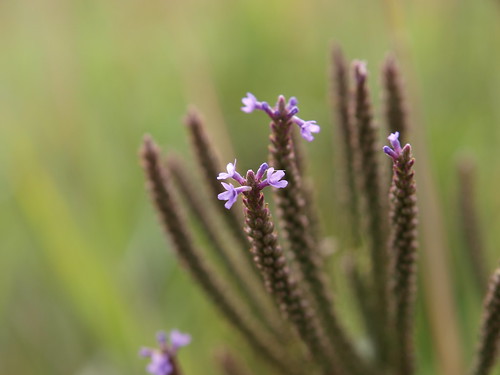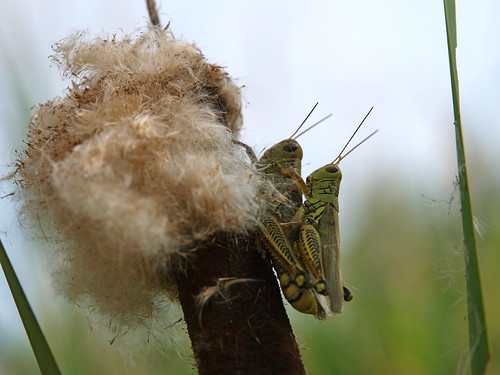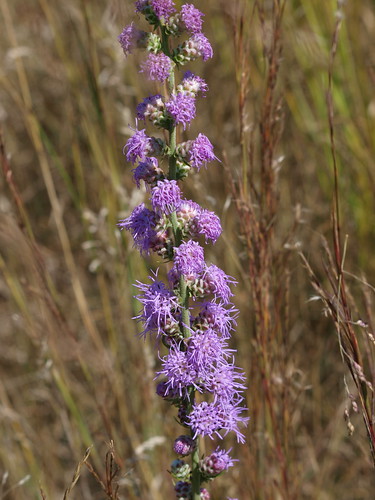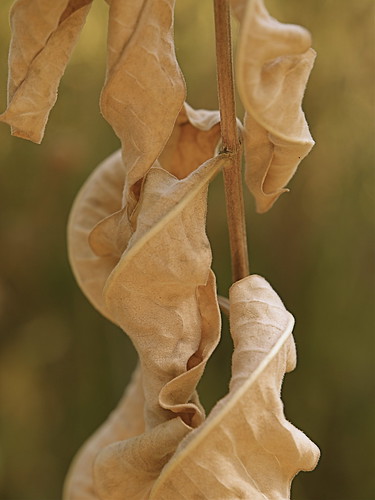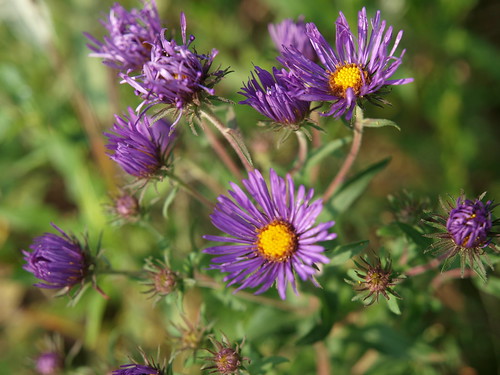
http://economiacircularverde.com/que-es-la-economia-circular/ New England Asters © 2008
Online Tramadol Cod Overnight The last show of wildflowers in the prairies are in bloom. The prairies are full and thick, now beginning to yellow a bit. The New England Asters are easily cultivated, and found in many gardens, but they are especially handsome in the thickets of grasses on the prairie.
What a name for one of the most perfect prairie wildflowers I’ve seen in a long time! Rosin Weed is an excellent flower for the prairie, and used extensively in prairie restorations as it is attractive to bees, butterflies and birds. Its sap contains resin which was once used as a chewing gum. (Ick – I’d rather have peppermint myself.)
This would be an easy flower to miss, except it grows so tall the flowers tend to stick out over many of the shorter grasses. The https://www.circologhislandi.net/en/conferenze/ Blue Vervain flowers themselves are tiny – less than 1/4″ wide – but the plant stands up to 6 feet tall.
Vervain was a popular plant, well-known for its many medicinal uses – made into a brew and used as a tonic, an aphrodisiac, and a sedative. Centuries ago it was hung on European peasants’ doorways to ward off the devil and other evildoers, and it was worn as an amulet to bring good luck.

